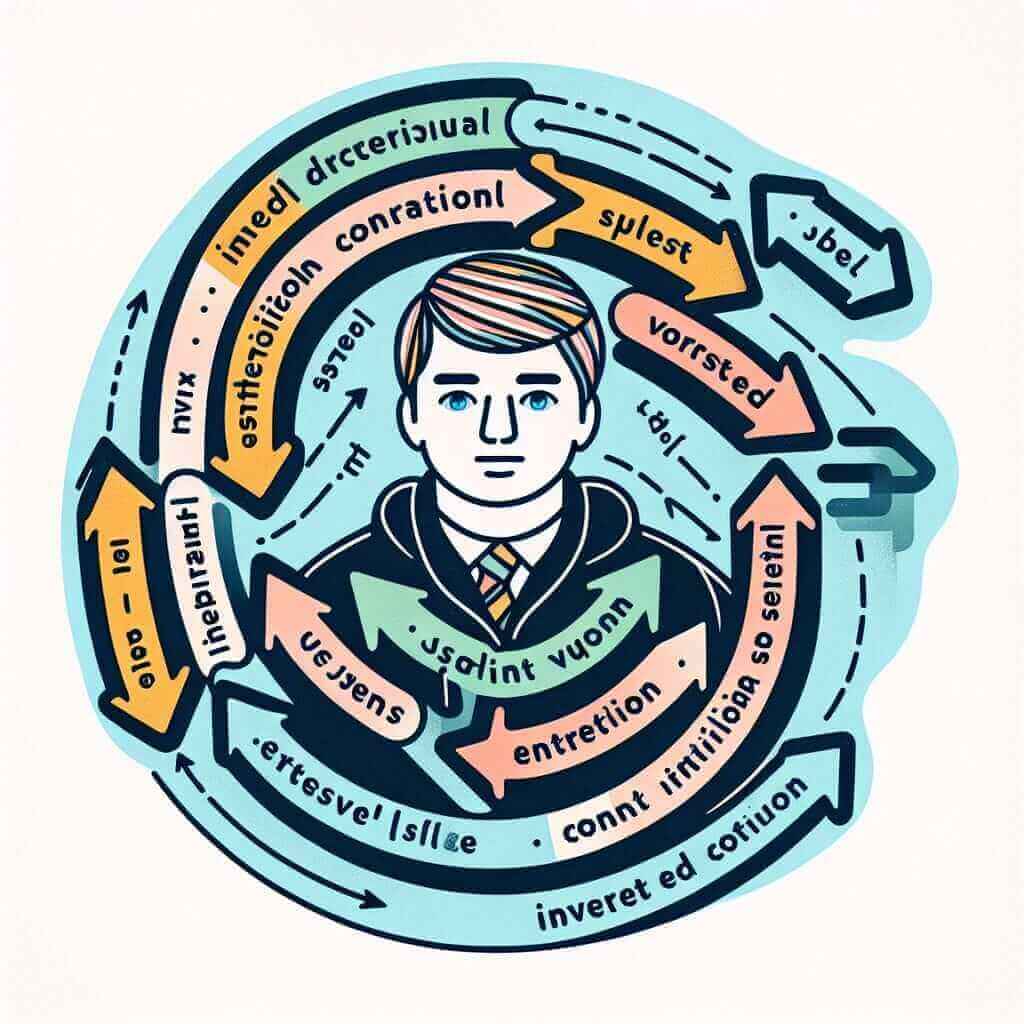“Were I in your position” – a phrase that often trips up English learners, especially those preparing for IELTS. While it might sound unusual, this construction is a key element of advanced grammar, adding a touch of formality and eloquence to your speaking and writing. Mastering it demonstrates a strong command of the language, potentially boosting your IELTS band score.
Nội dung bài viết
Let’s look at a few examples of how this structure can be used in different sections of the IELTS exam:
- Speaking Part 3: “Were I to choose between living in a bustling city and a peaceful countryside, I would opt for the latter.”
- Writing Task 2: “Some argue that space exploration is a waste of resources. However, were we to cease all space exploration, we would lose out on potential scientific breakthroughs.”
- Listening Section: You might hear a native speaker in a lecture or conversation use this structure. Recognizing it will aid your comprehension.
As you can see, this seemingly complex grammar point can be easily incorporated into your IELTS responses, making your English sound more sophisticated and natural.
Delving into the Inverted Conditional
“Were I in your position” is an example of what we call the inverted conditional or subjunctive mood. This grammatical structure is used to express hypothetical or unlikely situations in a formal and somewhat literary tone.
Structure and Usage
The inverted conditional typically follows this structure:
Were + Subject + to + Verb (base form)…, Subject + would/could/might + Verb (base form)
Example:
- Normal Conditional: If I were you, I would accept the job offer.
- Inverted Conditional: Were I you, I would accept the job offer.
Notice how the inverted conditional omits the word “if” and inverts the subject (“I”) and the verb (“were”). This inversion adds emphasis and formality to the hypothetical scenario.
Applying the Inverted Conditional in IELTS
You can utilize the inverted conditional in various IELTS sections:
- Speaking: It’s particularly useful in Part 2 and Part 3 where you’re expected to articulate complex ideas and opinions.
- Writing Task 2: This structure can enhance your essays, especially when discussing hypothetical situations or presenting counter-arguments.
- Listening: Being familiar with the inverted conditional will help you grasp the nuances of spoken English, especially in academic contexts.

Mastering the Inverted Conditional for a Higher Band Score
Here are some tips to help you effectively utilize the inverted conditional in your IELTS exam:
- Context is Key: Use this structure when discussing hypothetical, unreal, or unlikely situations.
- Formal Tone: Remember that the inverted conditional lends a formal tone to your language.
- Variety is Key: While using the inverted conditional can demonstrate grammatical range, don’t overuse it.
Common Errors to Avoid
- Incorrect Verb Tense: Always use the past tense (“were”) after “were” even if the subject is singular.
- Missing Inversion: Make sure to invert the subject and verb (“Were I” not “If I were”).
Conclusion
“Were I in your position” may seem like a small grammatical point, but its mastery can significantly elevate your language use in the IELTS exam. By understanding its structure, recognizing its formality, and applying it correctly, you can demonstrate a higher level of English proficiency, ultimately contributing to a higher band score. Keep practicing this and other advanced grammatical structures to unlock your full potential in the IELTS exam.